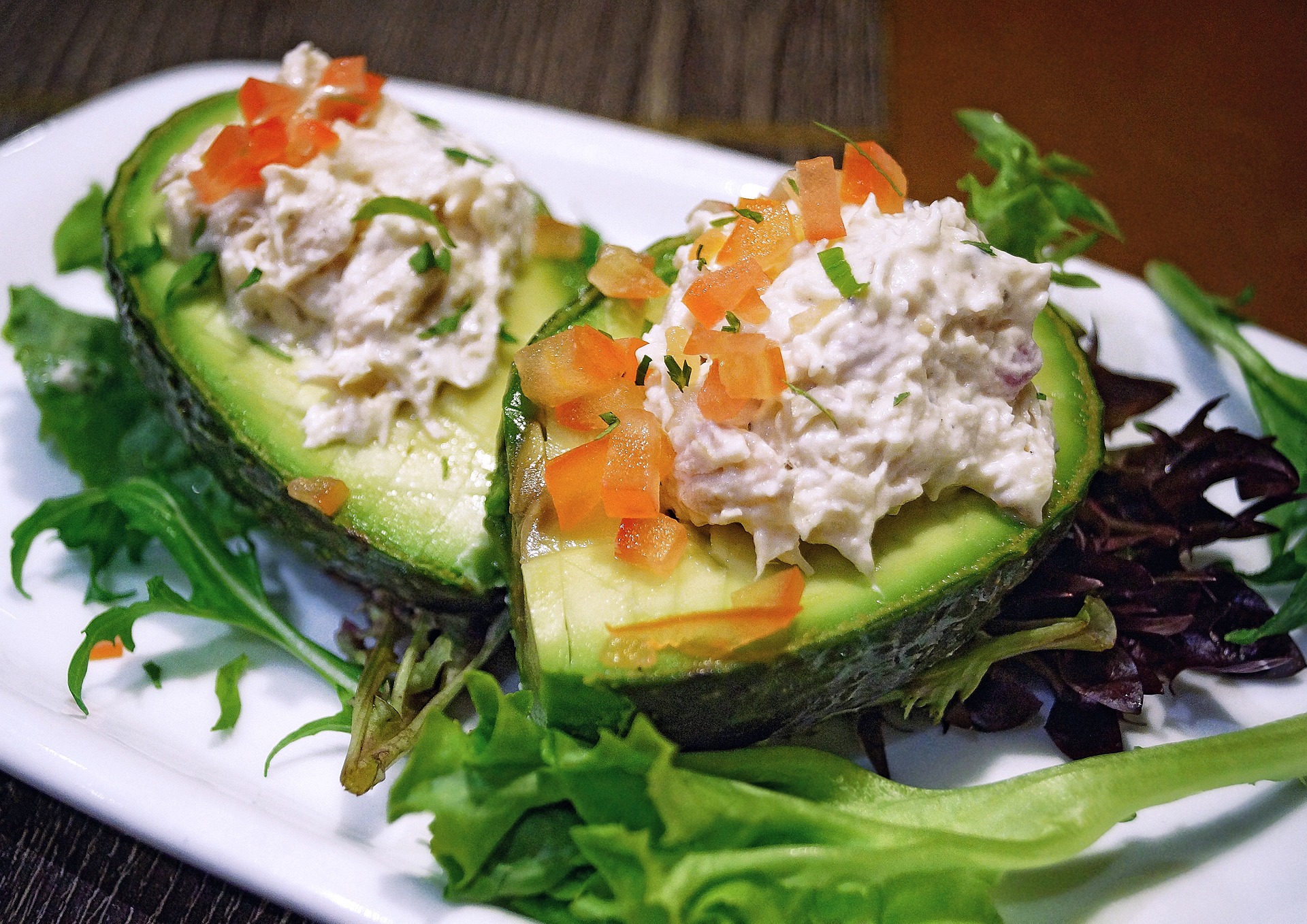Pushing Culinary Boundaries: The Exciting World of Modernist Cuisine
The art of cooking has always been a fascinating blend of tradition and innovation. Today, we're diving into the exciting world of modernist cuisine, a revolutionary culinary trend that brings scientific precision and creative flair to the kitchen. Modernist cuisine, also known as experimental cuisine, is a cutting-edge culinary trend that merges science with cooking. Born in the late 20th century, its pioneers sought to push the boundaries of what was possible in the kitchen, using scientific tools and techniques to transform ingredients in ways that traditional methods could not.
The Art and Science of Modernist Cuisine
At its core, modernist cuisine is about understanding the science behind cooking processes and using this knowledge to create new culinary experiences. It’s about more than just creating fancy dishes; it’s about exploring the fundamental principles of cooking and using them to push culinary boundaries.
Tools of the Trade
Modernist cuisine relies on a range of scientific tools and techniques, from vacuum sealers and sous vide machines to centrifuges and liquid nitrogen. These tools allow chefs to manipulate the texture, flavor, and appearance of ingredients in ways that would be impossible with traditional cooking methods.
Modernist Cuisine in Action
One of the most famous examples of modernist cuisine is the “spherification” technique, invented by Ferran Adrià at El Bulli. This technique involves creating spheres of liquid that burst in your mouth, delivering a burst of flavor. It’s just one example of how modernist cuisine can transform the dining experience.
The Future of Food?
While modernist cuisine may seem like a niche trend, its influence can be seen in kitchens around the world. From Michelin-starred restaurants to home kitchens, chefs are embracing the principles of modernist cuisine to create exciting new dishes.
-
Did You Know? Modernist cuisine isn’t just about fancy techniques – it can also help reduce food waste. For example, using a centrifuge to separate ingredients can help utilise parts of food that would otherwise be thrown away.
-
Fun Fact: The first cookbook on modernist cuisine, published in 2011, was a six-volume, 2,400-page tome that weighed over 20 kilograms!
In conclusion, modernist cuisine represents a fascinating intersection of science and art, tradition and innovation. It challenges our preconceptions about what food can be and invites us to explore new culinary horizons. Whether you’re a seasoned chef or a home cook, there’s a lot to learn – and taste – in the world of modernist cuisine.





